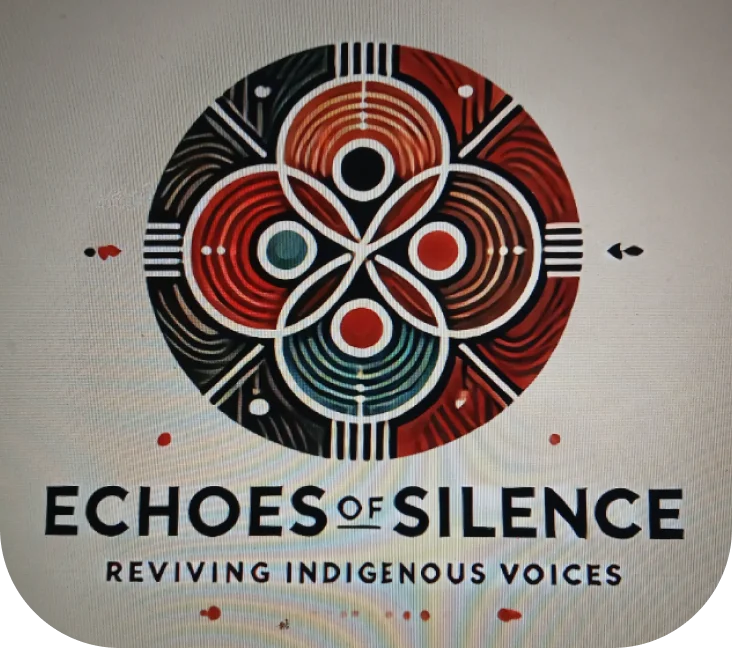When She Vanishes: Fighting For Media Coverage That Could Save Her Life

Your sister hasn’t come home. Hours turn to days. Police take notes but don’t search. The local news doesn’t call back.
This nightmare is reality for thousands of Indigenous families. But I refuse to let your loved one become another forgotten statistic. Let me show you how to make media pay attention.
TThe Media’s Deadly Silence on Indigenous Lives
The numbers are gut-wrenching:
- 95% of Missing and Murdered Indigenous Women (MMIW) cases never reach national news (Sovereign Bodies Institute, 2020)
- White women receive 6 times more media coverage (Gilchrist Study, 2010)
- In Wyoming, Indigenous missing persons get only 42% media coverage before resolution, compared to 76% for white victims (Wyoming Survey & Analysis Center, 2021)
This isn’t just unfair—it’s deadly. When media ignores your sister’s disappearance, search efforts stall. Witnesses don’t come forward. The trail goes cold.
The Story of Tina Fontaine: When a Nation Finally Woke Up
In August 2014, the body of 15-year-old Tina Fontaine was found wrapped in a duvet cover in Manitoba’s Red River. What followed was unprecedented: thousands gathered at Winnipeg’s Alexander Docks in mourning. Her death transformed from a statistic into a national awakening.
“It touched a lot of us, even shook our world,” Elder Chickadee Richard told CBC News. “I was in British Columbia at the time and it shook the people there and it shook North America, knowing that someone was out there doing that.”
It took 16 agonizing months before authorities charged 53-year-old Raymond Cormier with second-degree murder in connection with Tina’s death. During those months, her case became a rallying cry that elevated the MMIW crisis to national consciousness.
Tina’s great-aunt, Thelma Favel, keeps a photo of her “baby girl” – the child she raised, not the one she lost. Her case demonstrates how media attention can transform isolated tragedy into collective action.
Read more about Tina Fontaine’s impact on Canada’s awakening to the MMIW crisis
Before You Contact Media: Prepare Like Her Life Depends On It
Because it does.
First, gather compelling materials:
- Recent, clear photos—smiling ones that show her face
- Video of family pleading for help (keep it under 30 seconds)
- Details that make her human: her favorite song, her dream job, her laugh
Next, create a one-page media sheet with:
- Full name and age
- When and where last seen
- What she was wearing
- Distinguishing features
- Contact information for family spokesperson
Avoid mentioning any history that media might use to dismiss her: substance use, relationship issues, or previous disappearances. It shouldn’t matter, but it does.
Who To Contact & How To Make Them Listen
Start local, then expand:
- Local news stations and newspapers (call the newsroom directly)
- Indigenous media outlets like APTN and Windspeaker
- Regional then national outlets
Your email subject line matters: “URGENT: 26-Year-Old Indigenous Mother Missing Since Tuesday—Family Fears Foul Play”
In your pitch:
- First sentence: Name, age, location, and when she disappeared
- Second sentence: Why this is urgent (“She needs life-saving medication”)
- Third sentence: Your specific request (“Can someone cover this today?”)
Don’t wait—the first 24 hours are critical for media coverage.
Amplify Your Reach With Technology
The RIV app is your secret weapon:
- Sends automated alerts to community members
- Provides GPS coordinates of last known location
- Creates shareable links for social media
Pair RIV with strategic hashtags:
- #MMIW (248 million TikTok views)
- #SayHerName
- #BringHerHome
- Location-specific tags (#MissingInMontana)
Tag influential accounts like @EchoesofSilenceLife that amplify Indigenous missing persons cases.
Control Her Narrative When Media Responds
When a reporter calls, you become her shield:
- Emphasize her roles: “devoted mother,” “nursing student,” “community volunteer”
- Provide quotes from respected community members
- Redirect harmful questions: “What matters is finding her now”
Studies show 16% of news stories about missing Indigenous people include negative victim portrayals—don’t let your loved one become part of that statistic.
After the interview:
- Thank the reporter (building relationships matters)
- Share the story immediately on social media
- Follow up with any new developments
Your Voice Is Her Lifeline
Remember Tina Fontaine? A single tweet amplified by the right people sparked searches that found her. Your sister deserves the same effort.
The Department of Interior released new guidelines in 2024 that recognize media’s crucial role in MMIW cases. Use this to your advantage—remind reporters that covering these stories saves lives.
Don’t let silence swallow her story. Speak louder. Push harder. Her life may depend on the coverage you fight for today.
Download the RIV app now and start documenting everything. Then use this guide to make sure the world knows her name.
First 24 Hours Checklist
The critical window for maximizing media coverage of your missing loved one:
- Hour 1-2: File police report and gather photos/information
- Hour 3-4: Create one-page media sheet and brief video plea
- Hour 5-8: Contact local media outlets by phone and email
- Hour 9-12: Activate RIV alerts and social media campaigns
- Hour 13-24: Follow up with all contacted media and expand to regional outlets
Contact Information
Keep all family contact information consistent across platforms:
- Designate one family spokesperson
- Create a dedicated email address (findjanedoe@email.com)
- Set up a Google Voice number specifically for tips
- Create a Facebook page named “Find [Name]” for centralized updates
This guide was created to address the systemic inequities in media coverage of missing Indigenous women and girls. The story of Tina Fontaine reminds us of both the devastating consequences of these inequities and the power of public attention to drive change.
